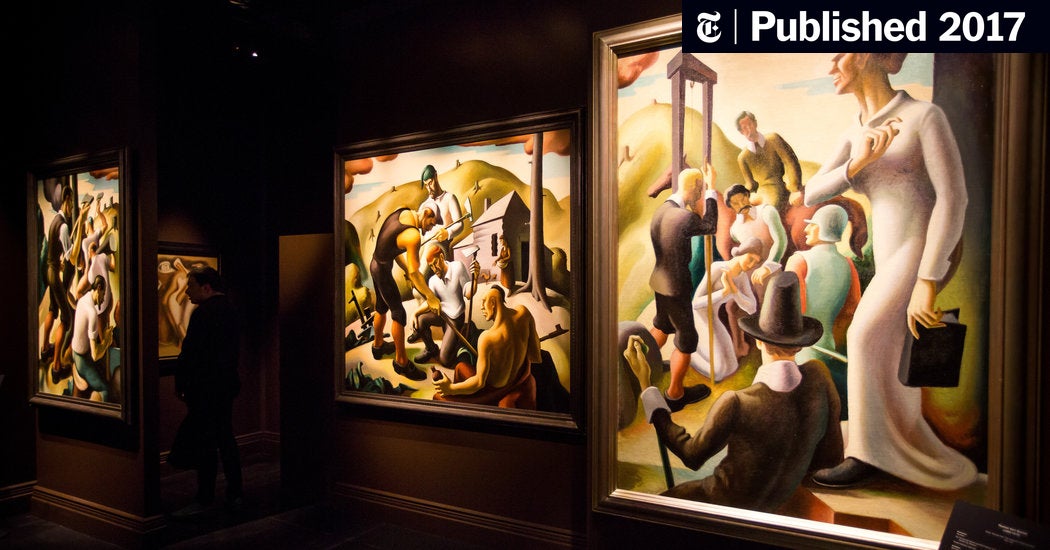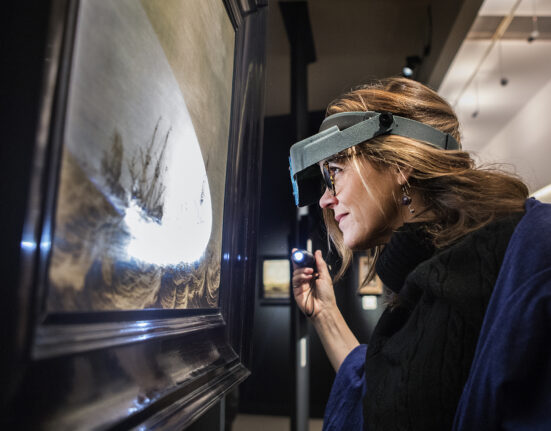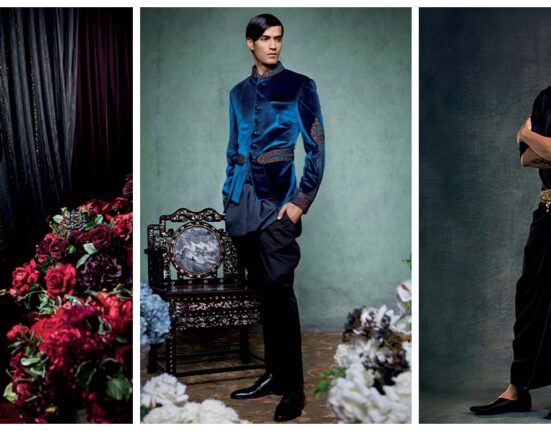Before Frieze set up its swinging shop in London’s Regent’s Park, before Art Basel transposed its staid Swiss self onto Miami Beach, art fairs were small, concentrated events that targeted a narrow class of specialists. None was more connoisseur-driven than the European Fine Art Fair, or Tefaf, the granddaddy of old masters events, held every March in the southern tip of the Netherlands. Tefaf recently hosted its 30th edition in Maastricht, and it remains the go-to trading post for Flemish still lifes and Sienese altarpieces. But collectors’ tastes have changed, and a global network of fairs has forced a rethinking of even the old-school events.
So Tefaf, like Basel and Frieze before it, has come to the New World — and now hosts not one but two American editions in the Park Avenue Armory. The fall edition concentrated more on older art. Tefaf New York Spring, open through Monday, goes harder on art after 1900, though you will also find ancient busts, non-Western masks and statuary, furniture both elegant and trashy, and diamonds galore.
In other words: This is a very Park Avenue affair, but even those of us not looking to redecorate a megayacht can appreciate the breadth of what’s on offer. The Armory looks inviting, decked with white fabric — and while most of the dealers are in the building’s cavernous drill hall, more than a dozen can be found in the ornate historical anterooms on both the ground and second floors. (As befits a Dutch fair, tulips are in abundance, too.)
Here are some of the strongest booths at this first Tefaf for moderns.
BERNARD GOLDBERG FINE ARTS, NEW YORK This specialist in prewar American art displays three showstopping mural panels by Thomas Hart Benton, the Missouri-born regionalist (and professor to Jackson Pollock) whose muscly, elongated figures can appear as an American translation of Tintoretto and Veronese. Most of the panels from “The American Historical Epic” are at the Nelson-Atkins Museum in Kansas City, Mo., but the three here, from the mid-1920s, suggest the scale of Benton’s national imagination. “Clearing the Land” features lumberjacks hacking down trees, but the smoke and stumps express an ecological regret that negates any pride in Manifest Destiny. “Planting,” in which a Native American appears in the foreground, continues the theme of Western settlement, while in “The Witch,” chilling and surreal, a young woman in white begs forgiveness on her knees as pilgrims prepare her for the scaffold.
PETER FREEMAN INC., NEW YORK Sometimes dealers pair older and newer art to sex up the former and goose the latter’s prices. But this astute and revealing two-hander of the fin-de-siècle Italian sculptor Medardo Rosso and the contemporary German artist Thomas Schütte goes far beyond the usual exercise by concentrating on both artists’ deformed, arresting busts. Rosso, a key figure in the Met Breuer’s inaugural show “Unfinished,” created discomfiting bronze and wax statues which dissolved the subjects’ faces into landscapes of crags and divots. Mr. Schütte (who will have a retrospective at MoMA next year) also drowns individuality into twisted form, whether in glazed ceramic masks or in an astounding bust of green Murano glass, displayed on its side as if bowled over.
CAHN, BASEL AND GALERIE CHENEL, PARIS Ancient art is an unexpected highlight of this fair, and a half-dozen dealers here have brought antiquities from Egypt, Greece and Rome — which are, surprisingly to some, less expensive than much contemporary art. (Numerous stands have opted for Cycladic art from pre-Classical Greece, whose simplified forms and lack of facial detail may appeal more to modern tastes.) Chenel has brought a commanding, full-height Roman statue from the second century A.D., depicting Hercules wearing the skin of the Nemean lion. The hero killed the beast as the first of his 12 labors; he wears the skin tied jauntily around his neck like a cashmere sweater, and it drapes down Hercules’ shoulders to his noteworthy backside. At Cahn, you can become lost amid smaller Greek prizes, like an Attic cup painted with vigorous wrestlers, or a bronze Corinthian helmet covered with verdigris.
GALERIE JACQUES GERMAIN, MONTREAL Among several galleries specializing in African and Oceanic art, this booth has one of the rarest pieces: a 14th-century ancestor figure from the Dogon people of central Mali, made of patinated wood. With its parted lips and its belly thrust forward, the forefather represented here has an indisputability that makes him nearly a god. Also here is a commanding mask from the Gyé people of present-day Ivory Coast, from the 19th century, that exhibits the stylized facial features (a strong pyramidal nose, a perfect O of a mouth) that would later prove decisive for the development of modern Western art.
DANSK MOBELKUNST, COPENHAGEN Furniture and the decorative arts have their place at Tefaf, too, though the galleries’ approaches range from curated single-designer displays to cash-and-carry mini-shops. This Danish design gallery has put together one of the more impressive offerings, which intermixes tables, chairs and sofas with textile art, like a tapestry by the Swedish designer Marianne Richter of syncopated oranges and reds. A large copper lamp from 1929 by Poul Henningsen and a rare marble dining room table by Poul Kjaerholm argue for the enduring allure of Scandinavian design this deep into the Ikea Century.
DIDIER LTD, LONDON Several jewelry merchants have set up shop at Tefaf, but if your tastes run beyond bling, the most rewarding of them will be this British specialist in wearable works by fine artists — among them Braque, Giacometti, Calder and Jacques Lipchitz. The gallery’s most covetable works are surely the lightweight pendants and brooches of Louise Nevelson, made from scraps of incised wood that she painted black and slathered unevenly with gold. Modern sculpture since Rodin has gone greater and greater distances from the studio; these artists’ baubles are a throwback to personalization and craftsmanship, for which the word “decorative” seems not to suffice.







